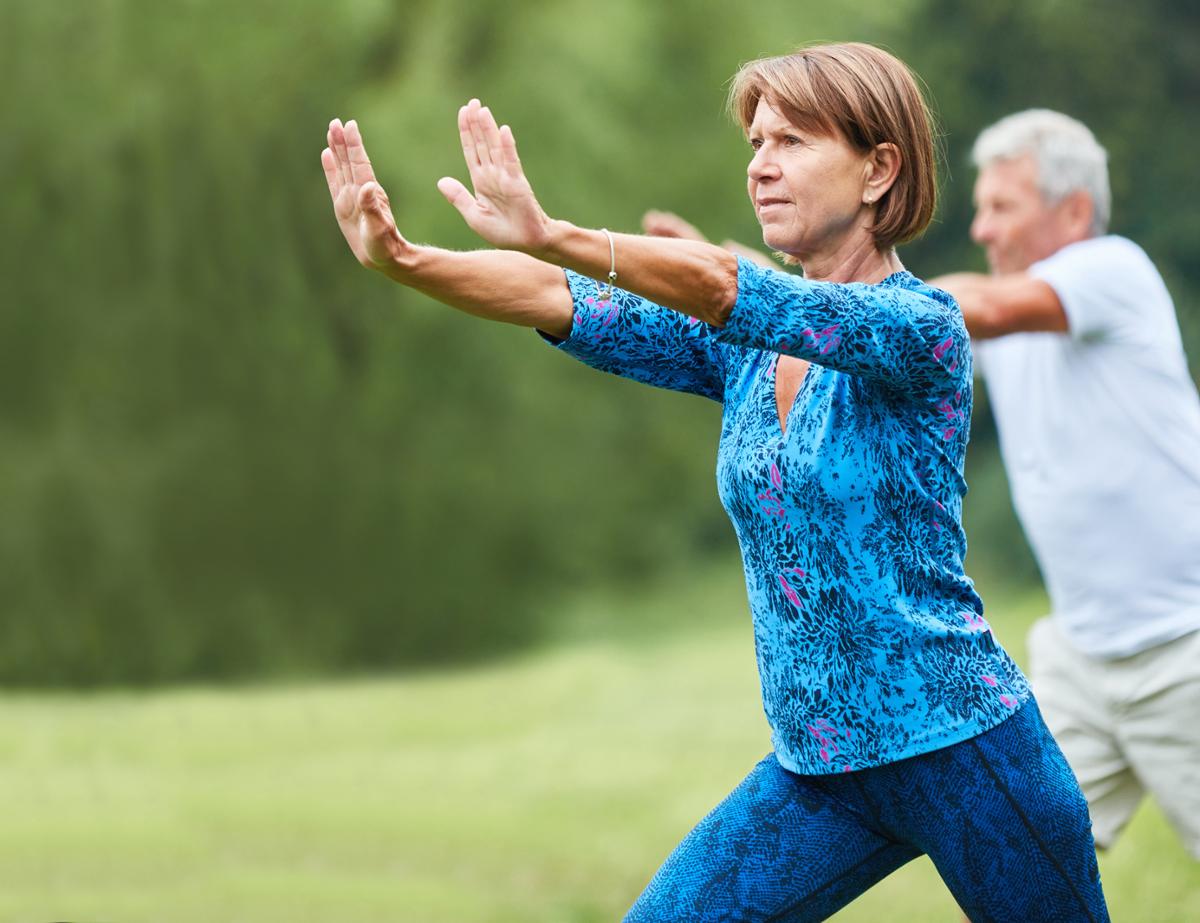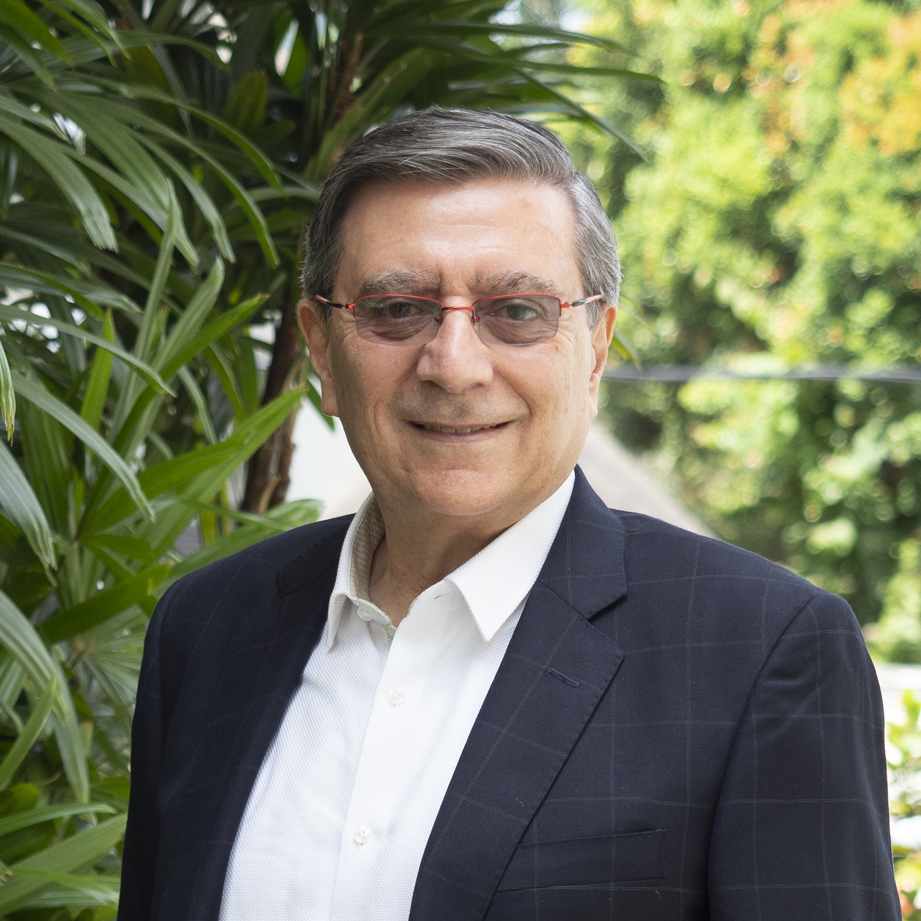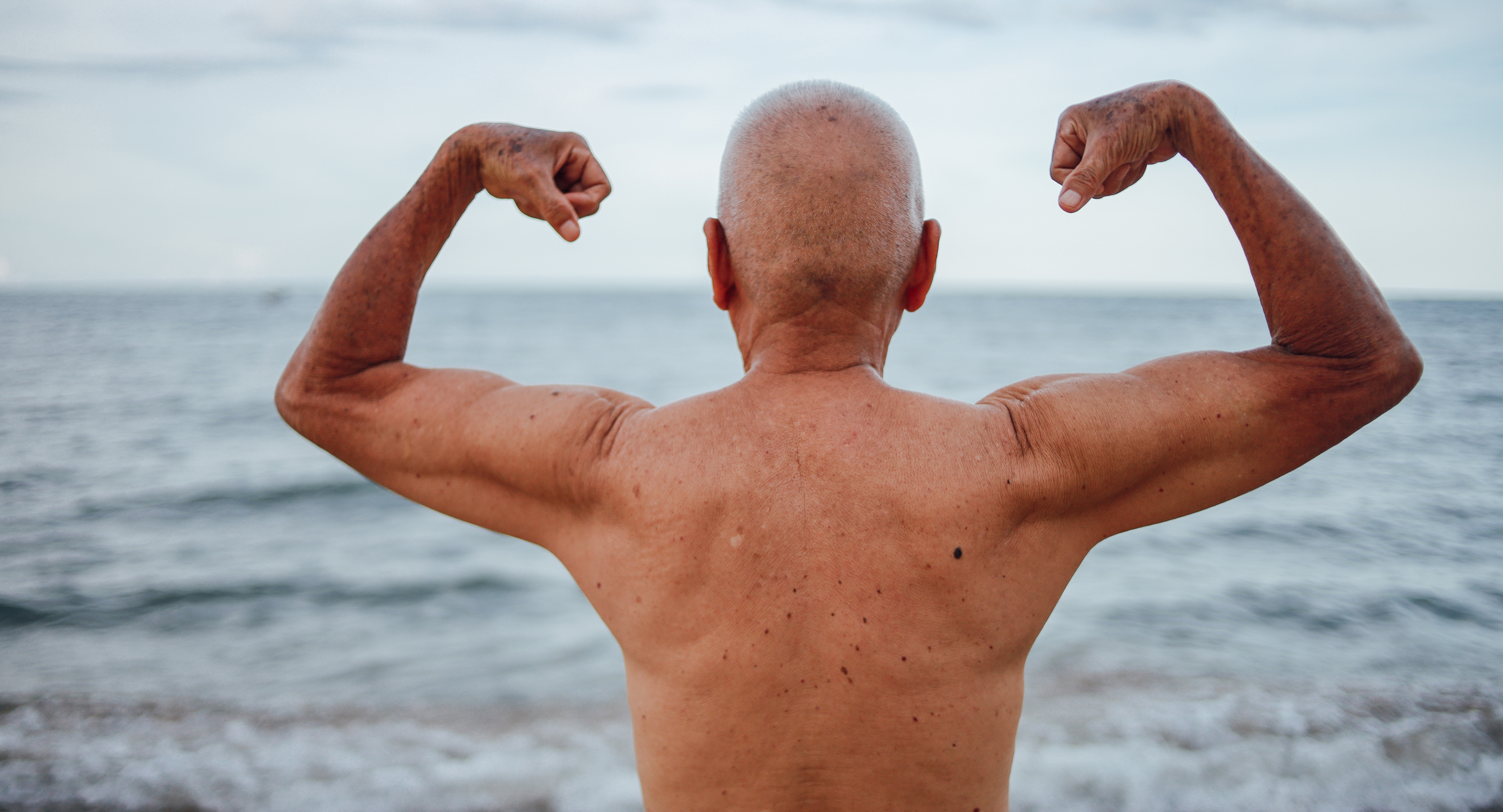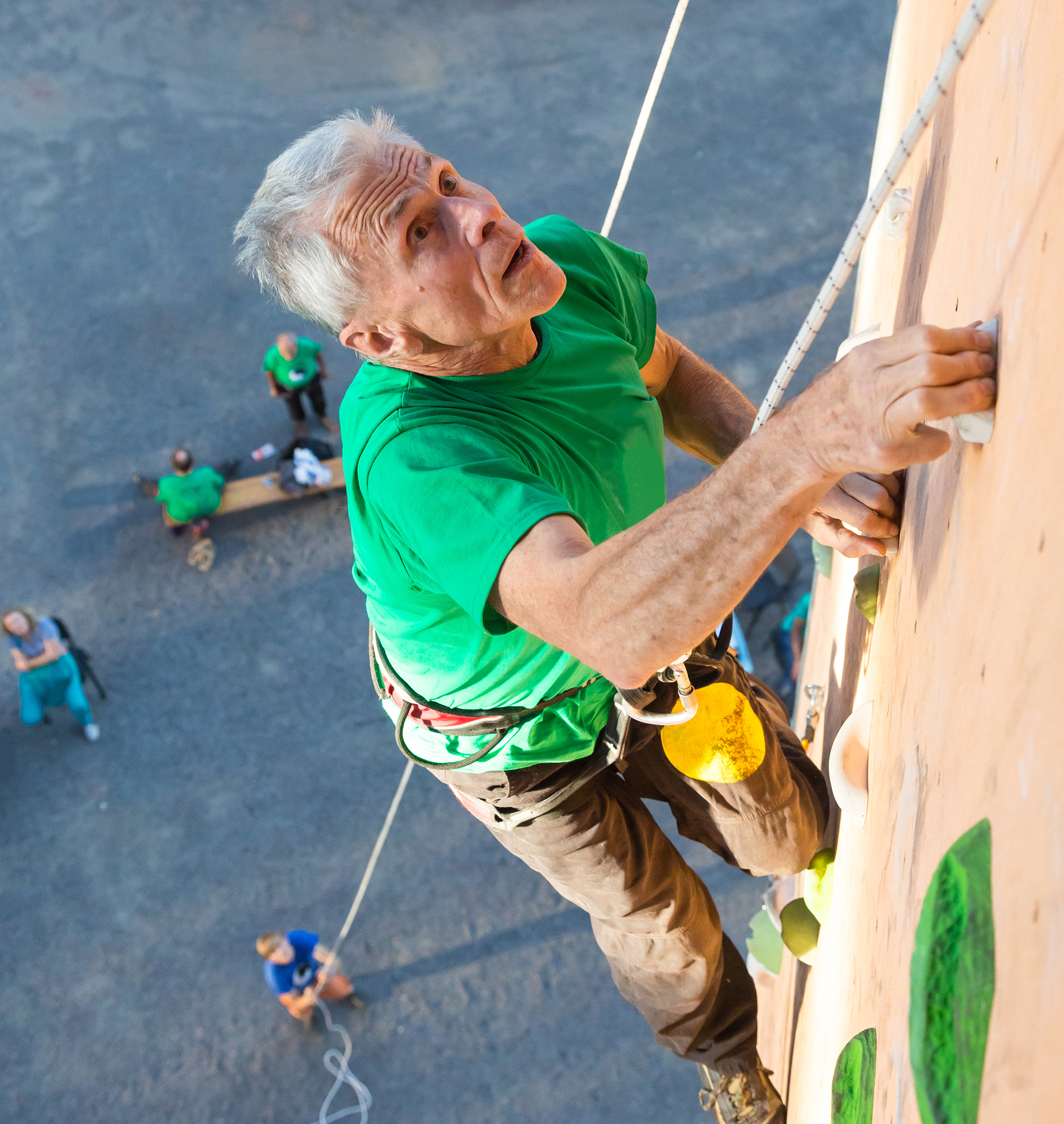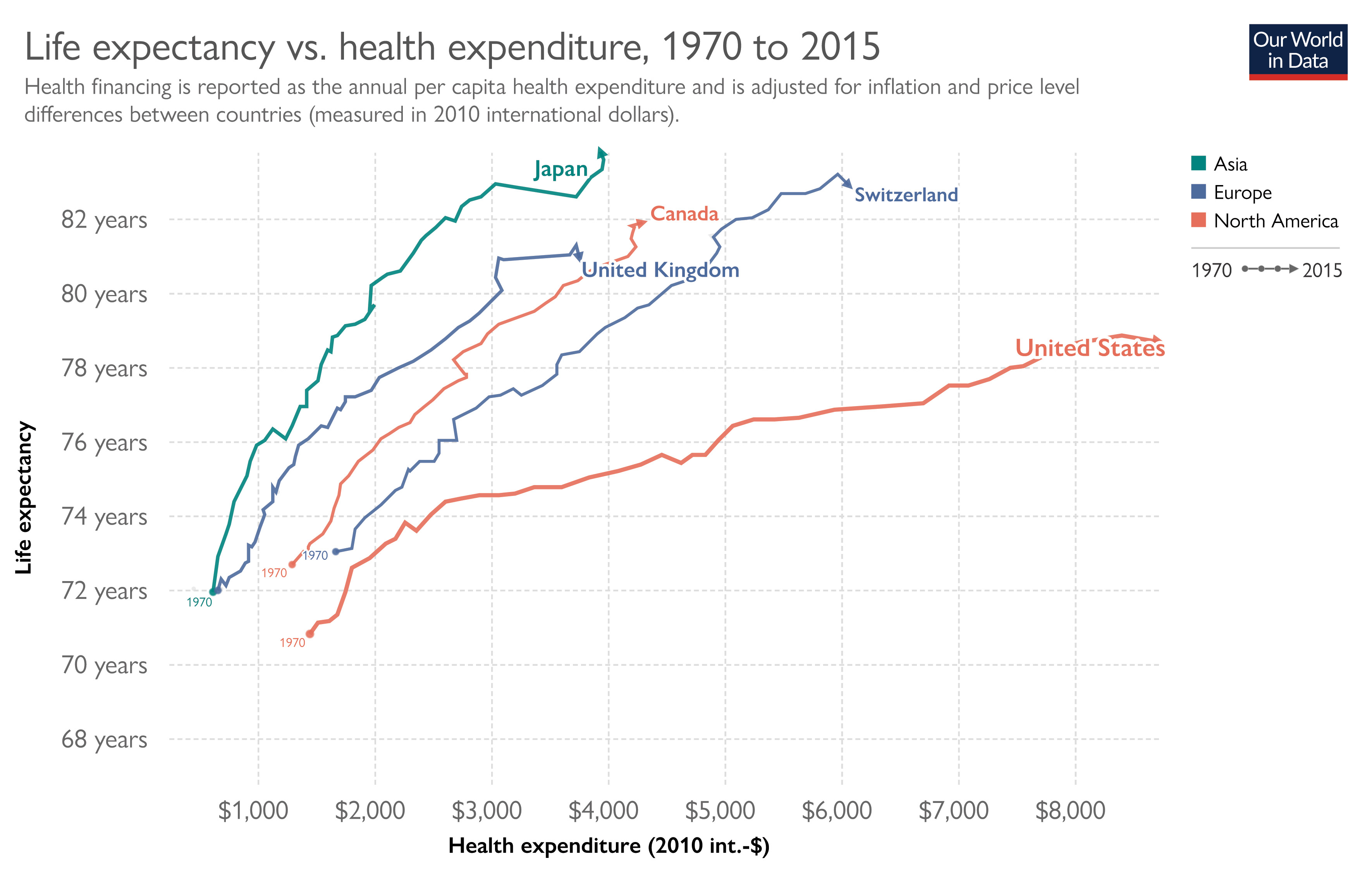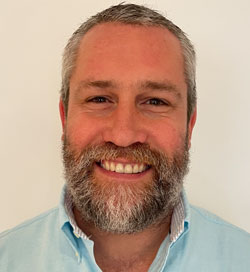Figures from the World Bank and OECD for 1970 to 2015 (see page 52) show how health expenditure correlated with lifespan, indicating how effectively different nations are taking care of their citizens.
Political systems can present extreme challenges when it comes to delivering health equality, with the US currently lagging behind many other nations in terms of life expectancy at 78 years against Japan’s 84 – for example – as well as having experienced a dip between 2014 and 2018.
The US challenge goes back to the start of the dataset in 1970, with only Switzerland spending more per capita on healthcare (US$1600+) than the US at this time (US$1400+) for a vastly different population size, with Switzerland achieving a greater lifespan of c73 years for this expenditure vs c71 years for the US.
By 1982, the US had pulled clear of the field in terms of expenditure to US$2,500 per capital for a lifespan of 74 years while Spain, UK, Ireland and Portugal were the nations at this time achieving the greatest lifespan for the least health expenditure (72-76 years for US$500 - US$1000).
Life expectancy across the world continued to rise throughout the period, with spending by governments on healthcare also increasing. By 2015, governments were able to buy their citizens an extra 10 years of life by increasing annual health expenditure from US$900 to cUS$4,000 per capita, as this led to an increase in lifespan from c72 years to c82 years.
By 2015, the US had also gained outlier status for all the wrong reasons, as health expenditure had increased to around US$9,000 per person with average age remaining stubbornly at around 78 years against a large cohort of nations that sat in the 82-84 age bracket for far lesser levels of expenditure – average US$3,000. Nations achieving this in 2015 included Japan, France, Canada, Switzerland, Italy, France, Israel, Luxembourg and Norway.
The fitness industry is lobbying for this health expenditure/longevity data to be correlated with activity levels to create an evidence trail to show how lifestyle interventions can help reduce premature death, while also reducing health expenditure.
Even though some nations are doing better, the World Health Organization says no country has room for complacency. Its figures show 500 million people developing heart disease, obesity, diabetes or other non-communicable diseases (NCDs) attributable to physical inactivity, between 2020-2030, unless governments are successful in encouraging more physical activity.
People must be mobilised into activity, but how can we convince governments our sector is part of the solution? We ask the experts…








